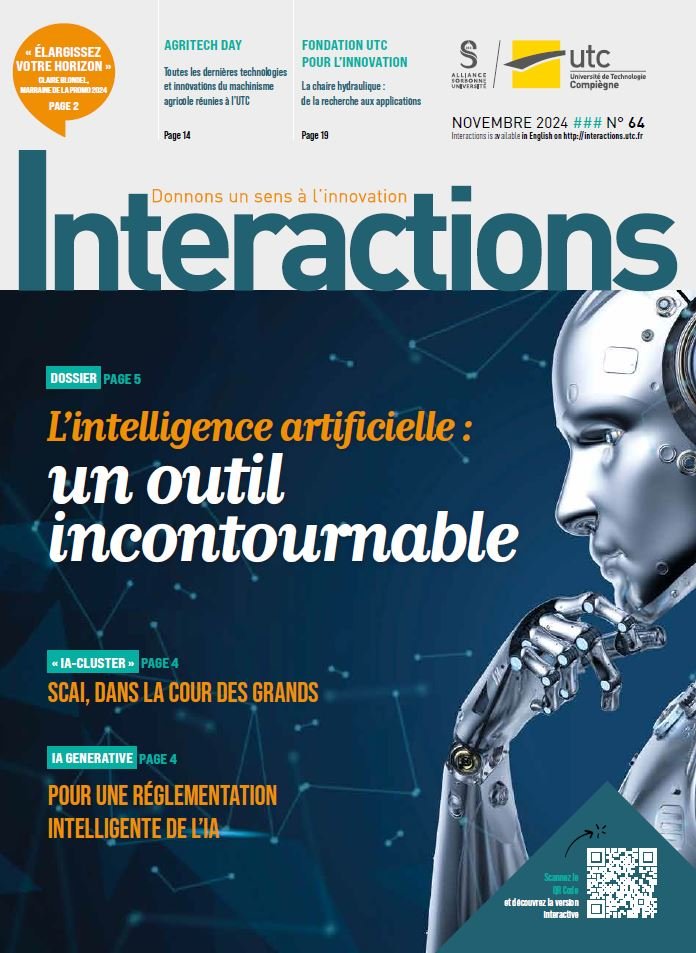Futuroleaf, a European project

Karsten Haupt is Professor of Biochemistry at the UTC and has been Director of UTC’s Enzyme and Cellular Engineering (GEC) laboratory since 2012. A specialist in molecular imprinting, he is taking part in the European Futuroleaf project launched in 2020 and due to run until the end of 2023.
So, what is the aim of Futuroleaf? “The aim is to use porous nanocellulose-based structures that can specifically sequester the cells of certain photosynthetic bacteria, thanks to the molecular imprinted polymers (MIPs) incorporated into the structure. The idea is to create a 3D cellular bioreactor to mimic the structure and function of plant leaves, an exceptional but natural process. The idea is to mimic the way in which plants function, and thanks to photosynthesis, energy from the sun and CO2 captured from the atmosphere, we could synthesise molecules of interest in chemistry”, explains Karsten Haupt.
What makes Futuroleaf so original? “The answer stems from the fact that we are creating synthetic sheets that can transform sunlight and carbon dioxide into high added-value products”, he points out.
What exactly is the UTC-GEC’s role in this project? “We are essentially working on the MIP, components which enable the specific capture of a given protein on the surface of the cell. In an artificial leaf. We can also have two different cells that can help each other to carry out a specific synthesis”, he adds.
Can you cite some areas of application? “Possible applications could involve active pharmaceutical and cosmetic products, or even basic chemical products such as flavourings, with considerably improved efficiency levels compared with current suspension culture systems,” says Karsten Haupt.
The project is being carried out in collaboration with international industrial and academic partners including VTT, Aalto University and the University of Turku in Finland, Graz University of Technology in Austria and Cyano Biotech; GmbH; Germany.




